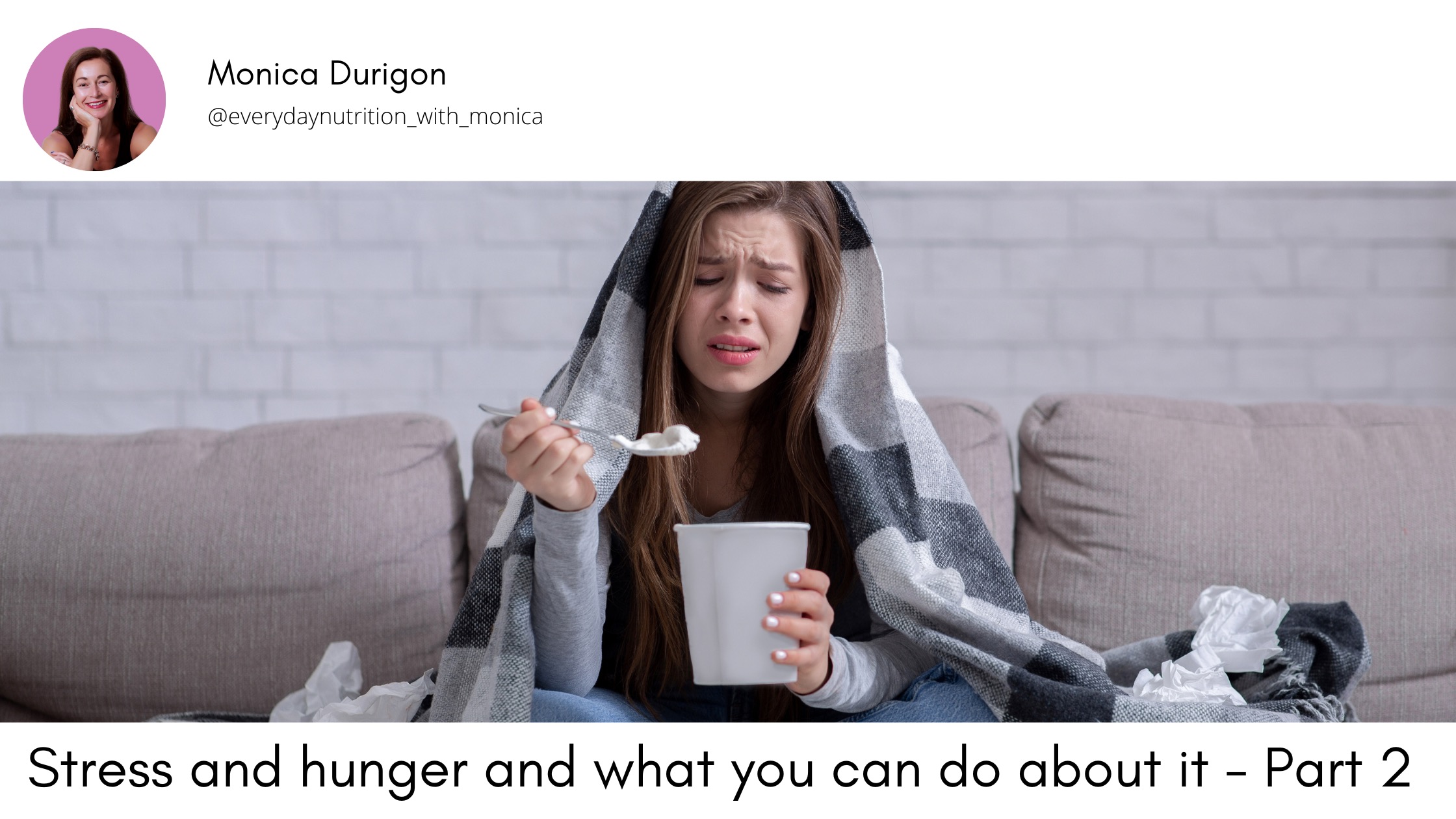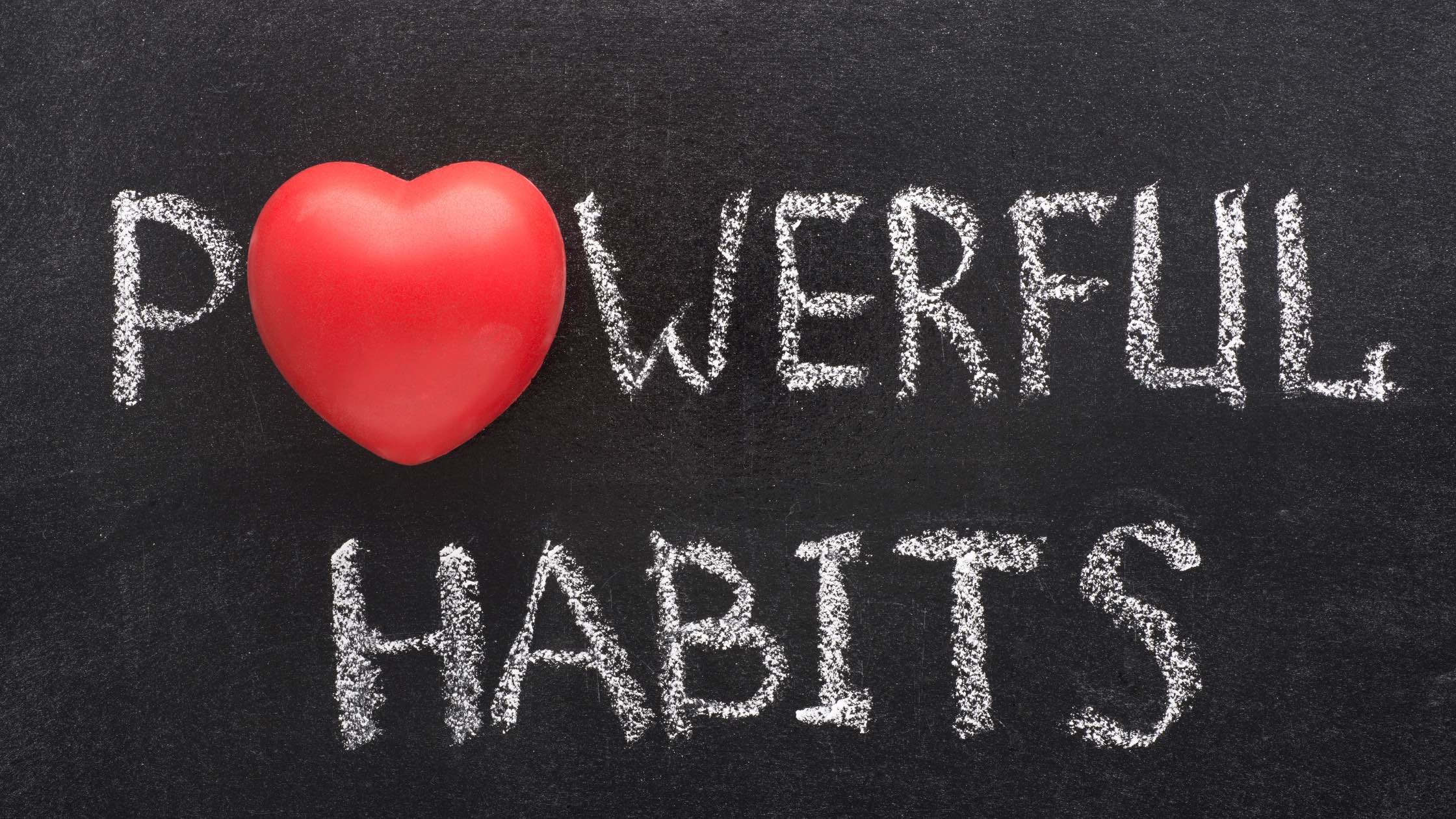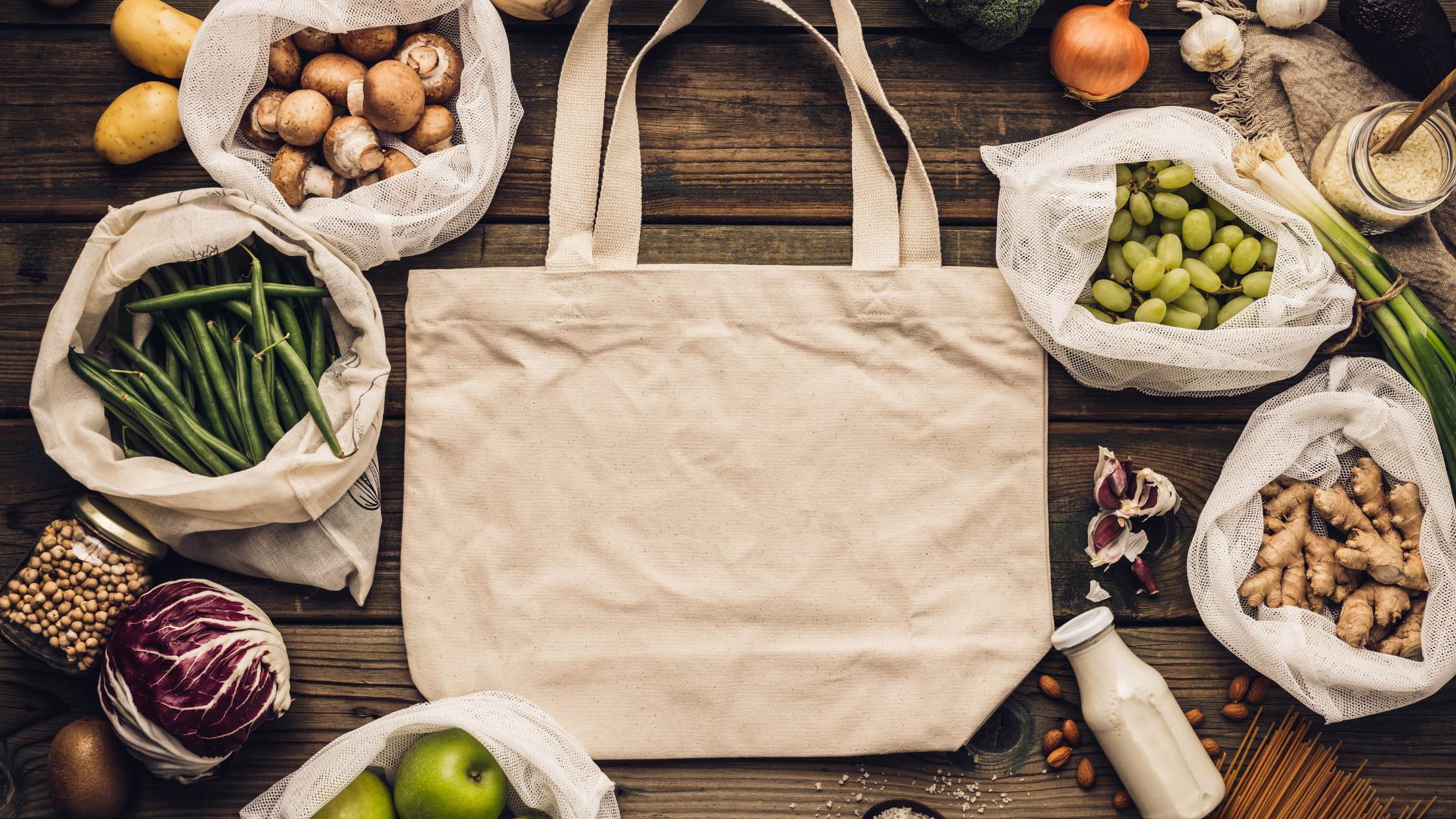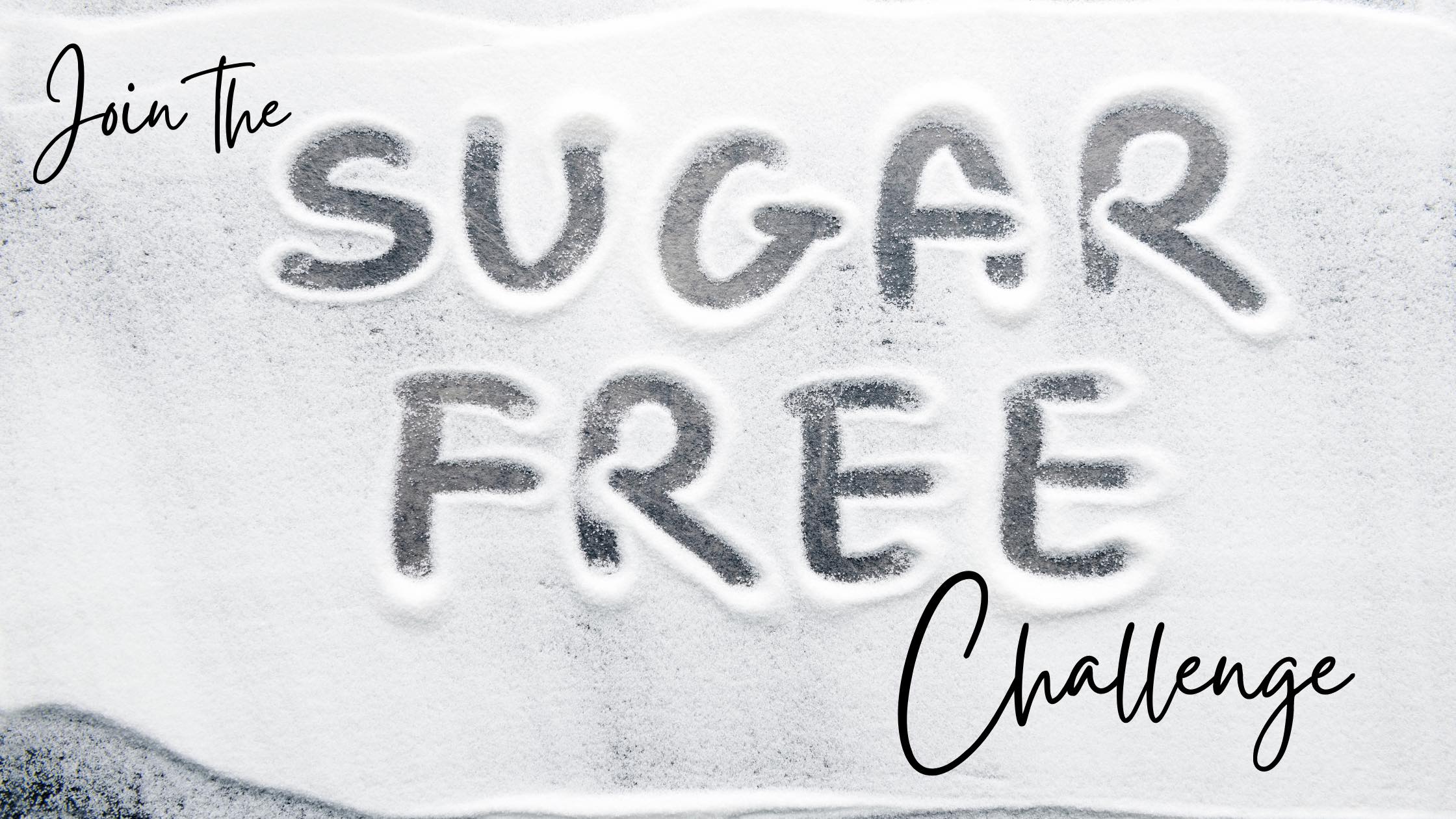In part one of this blog, I gave you some quick hacks you can adopt when you are amid a strong craving driven by stress.
I spoke about three main tools to use:
#1 being clear on your reason not to do it
#2 debugging your kitchen
#3 using a breaker – mastica, teeth brushing, herbal teas etc.
If you still need to read PART 1, start there.
In this blog, I will discuss the longer-term strategy to avoid stress-hunger and cravings, which is about creating the biochemistry in your body that helps you through a stressful situation.
Some of you might be surprised when I tell you that the first part of the long-term strategy doesn’t have anything to do with nutrition!
Instead, it is all about building habits and rituals which support your resilience and facilitate the return to a rest and digest state from the fight and flight response.
Build supporting habits
Do you have a set of rituals/habits you perform during the day that is purely designed to give you peace and joy?
If not, this is where you need to start!
Do you start the morning frantically trying to get everything done for you and your family and run out of the front door with a cup of coffee in hand?
Do you consider taking time to decompress and “smell the roses” impossible for you, or perhaps you think it is a waste of time?
Does the very idea of spending 10 minutes in silence, merely focusing on your breathing, sound alien and scary to you?
If you answered yes to any of these and want to stop stress-hunger and cravings, you are in the highest need of reevaluating your relationship with your time and your daily rhythms.
Don’t worry! It doesn’t have to be complicated, nor take hours of your packed schedule.
In my programme, the Fit and Focused Formula, my clients develop a “Stress busting routine” by choosing some relaxing and reconnecting-with-self activities they perform daily.
We talk about short breathing exercises, gentle stretches, journaling, gratitude practices, walking meditation…
How to build stress-busting routines
Your stress-busting routines should be activities that are easy enough to be practised daily throughout your day. Think of them like little pockets of time in your day where you give your body and mind a rest and some care before moving to the next phase of your day.
They are short pauses of joy during the day …it could be that you phone a different friend each day after your lunch or that you take 15 minutes after your lunch to go for a walk.
You will be surprised to see how, in the long term, these little mental breaks will make you less reactive to stressful situations and life demands.
To make them easy to implement, I recommend that you start by
1- thinking about which type of joy-giving break you want
2- making sure you have everything you need for them to happen (i.e. if you decide to have a magnesium bath before going to bed, buy the magnesium …if you choose to journal, invest in a beautiful note-book )
3- schedule them in your diary…because if they are not in there, chances are that they will not happen.
Ideally, you want three types of stress-busting breaks in the day; I suggest that for easiness, you tail-end them with some activities that you do regularly, like brushing your teeth in the morning, for example, following that, you add on 10 minutes of deep breathing. If you commute to work by train, bus or any other form of transport where you are not driving, use that time to set intentions for the day ( I have written a blog, and I have a video training about this ).
However, start with one, just one, and once that happens routinely, when that is part of your day, and you don’t even have to think about it, or, even better, when occasionally you skip it and miss it …then, at that point, you are ready to add a second ritual, break self-care piece.
Now, let’s see what you can do about your biochemistry in terms of your nutritional choices.
Supporting your brain and body biochemistry
# 1 start adding high-quality, hunger-satisfying foods before or at least at the same time that you are getting the sugary junk foods out of your diet.
The two foods that help this transition the most are foods high in fat and vegetables. Fatty foods help shut off hunger hormones and stabilise blood sugar, preventing cravings.
For example, nuts, seeds, nut and seeds butter, full-fat yoghurt, avocados, oily fish, chia seeds puddings, guacamole.
Adding volume to your diet by consuming a large salad to start your meal with and a side of cooked vegetables every day brings bulk and nutrients into your body that tells your body that its needs are being met, further diminishing cravings.
# 2 substitute comfort food with a healthier option
When we stress eat, the type of foods we reach for is typically high in sugar and refined carbs combined with fats ( biscuits, cakes, puddings, pizza, pastry, chocolate bars etc.). Those foods stimulate dopamine (the feel-good hormone) release (and is involved in addiction).
A great way to avoid the overwhelming feeling that can come with quitting stress eating is instead of thinking that you have to avoid it, to start with, substitute it with healthier alternatives. Try swapping a dessert for a handful of almonds in some yoghurt, or buy a good quality protein bar with low carbs and sugars instead of a chocolate bar.
While the initial dopamine “wow factor” will not be there, you will find that the nutrition-rich content of new options leaves you feeling comfortable and satisfied.
Join the Sugar-Free-Challenge
If you are tired of being controlled by stress eating and you find that you rely on sugar, sugar-rich and refined carbs foods, I invite you to join my next SUGAR-FREE challenge starting on Monday, the 31st of October.
It is a free challenge, a gift, that I offer to the members of my community to learn how to break sugar habits and enjoy better energy and better moods.
Previous participants in the challenge also enjoyed more mental clarity and weight loss.
If you want to participate, TYPE SUGAR-FREE CHALLENGE in the comments and I will send you the link to join us.
With love, energy and care










0 Comments